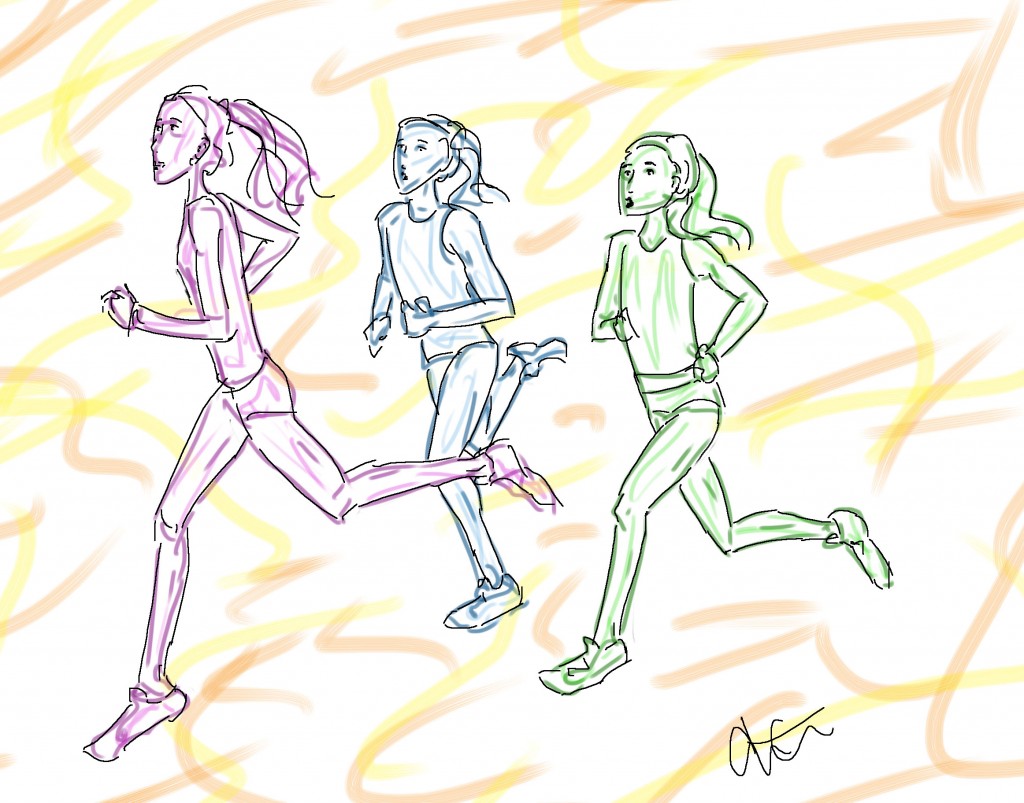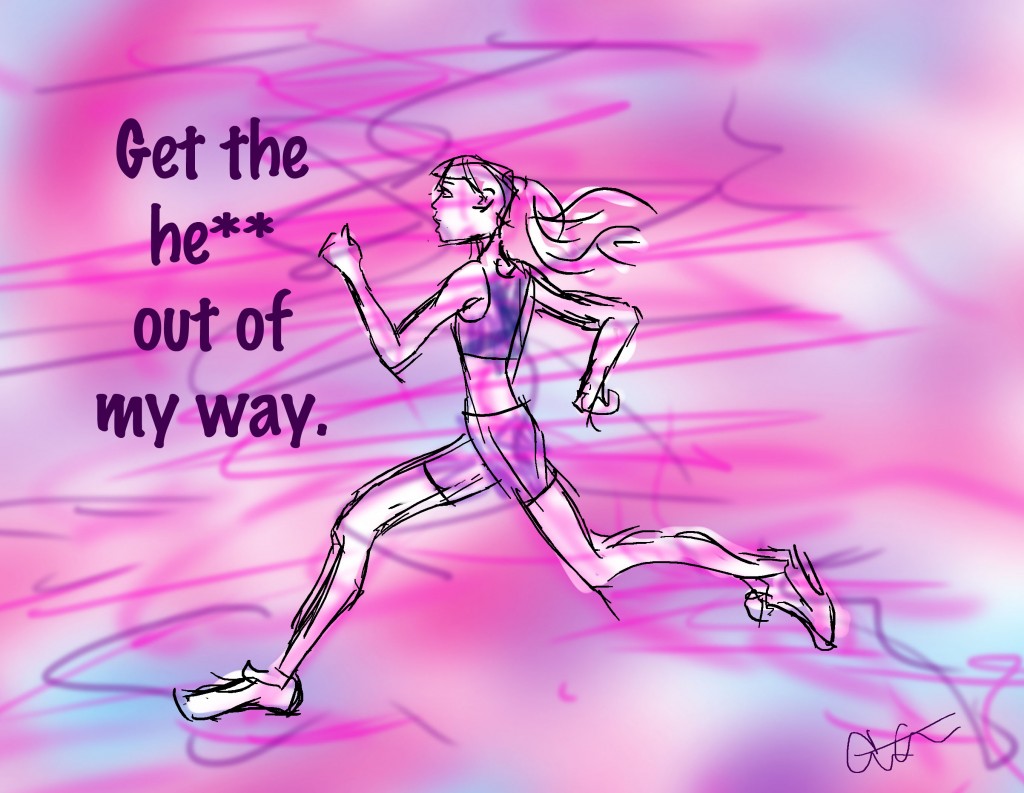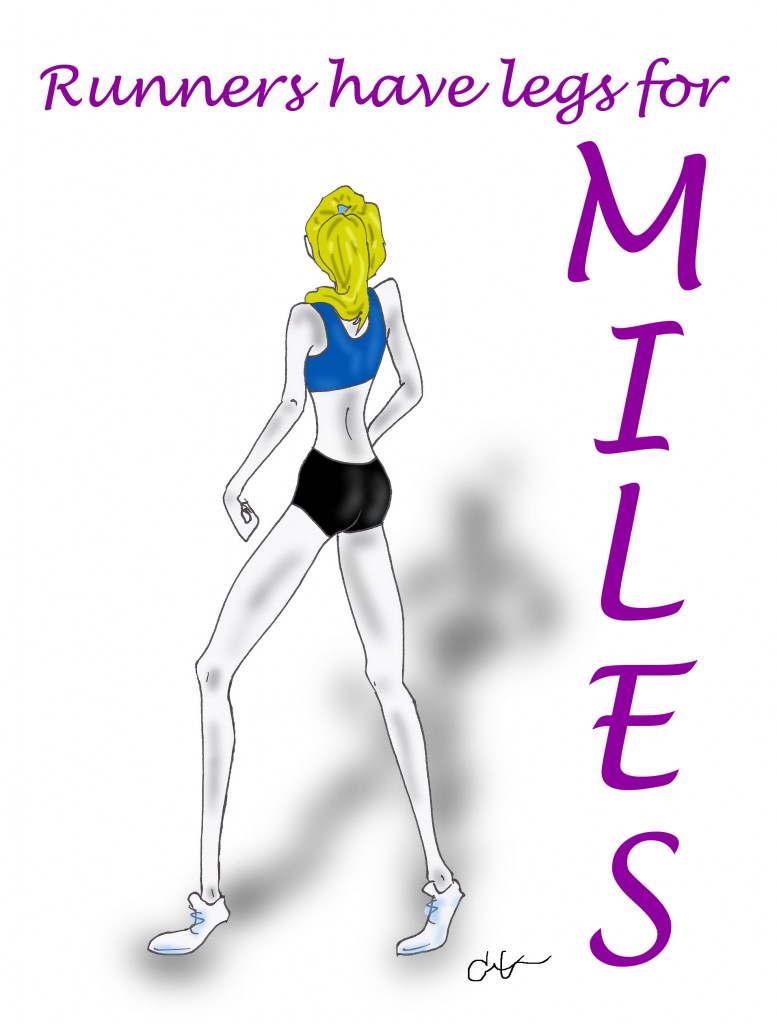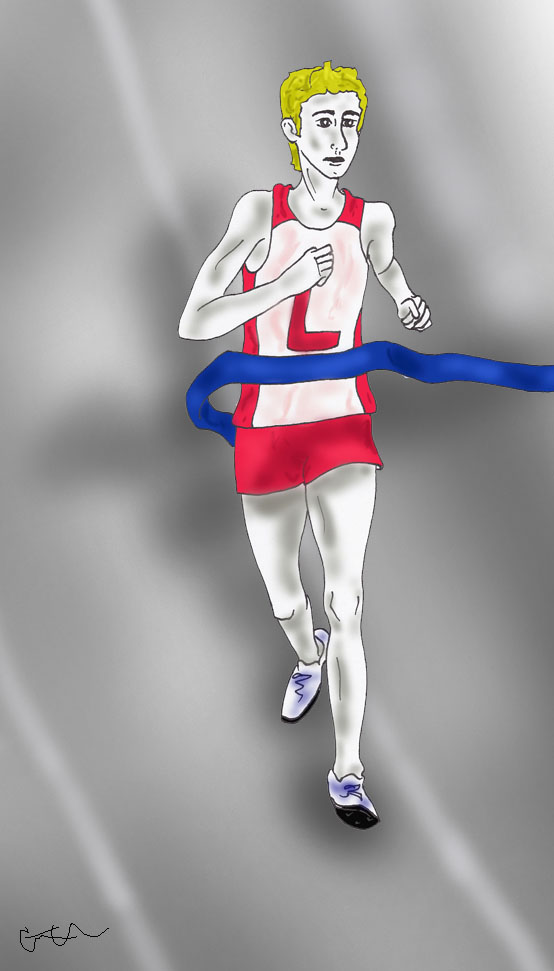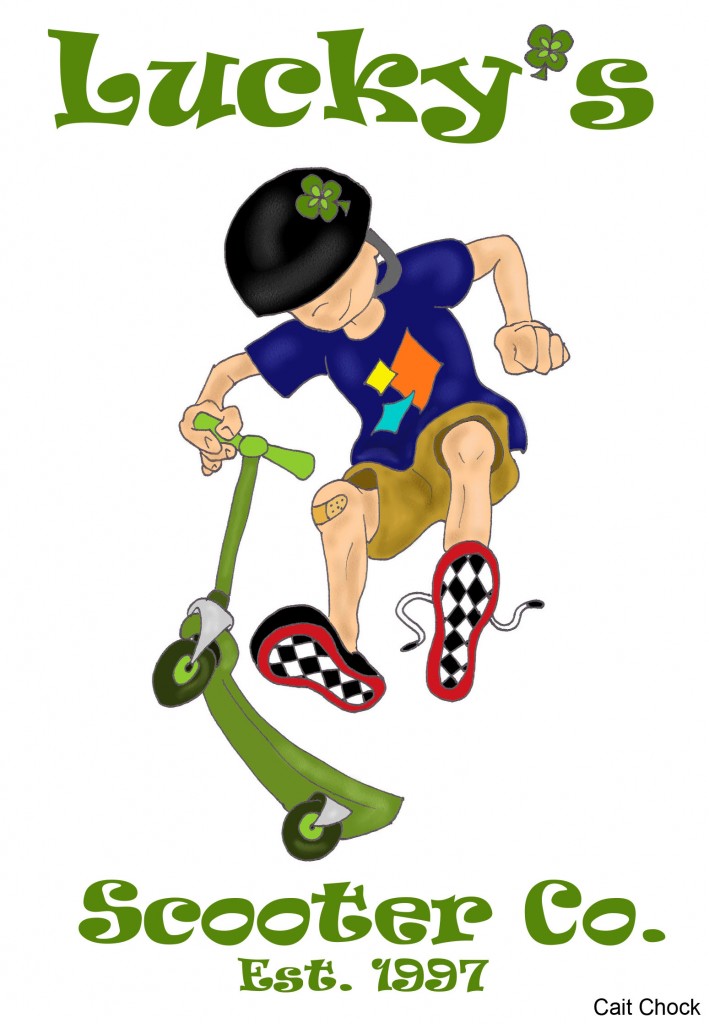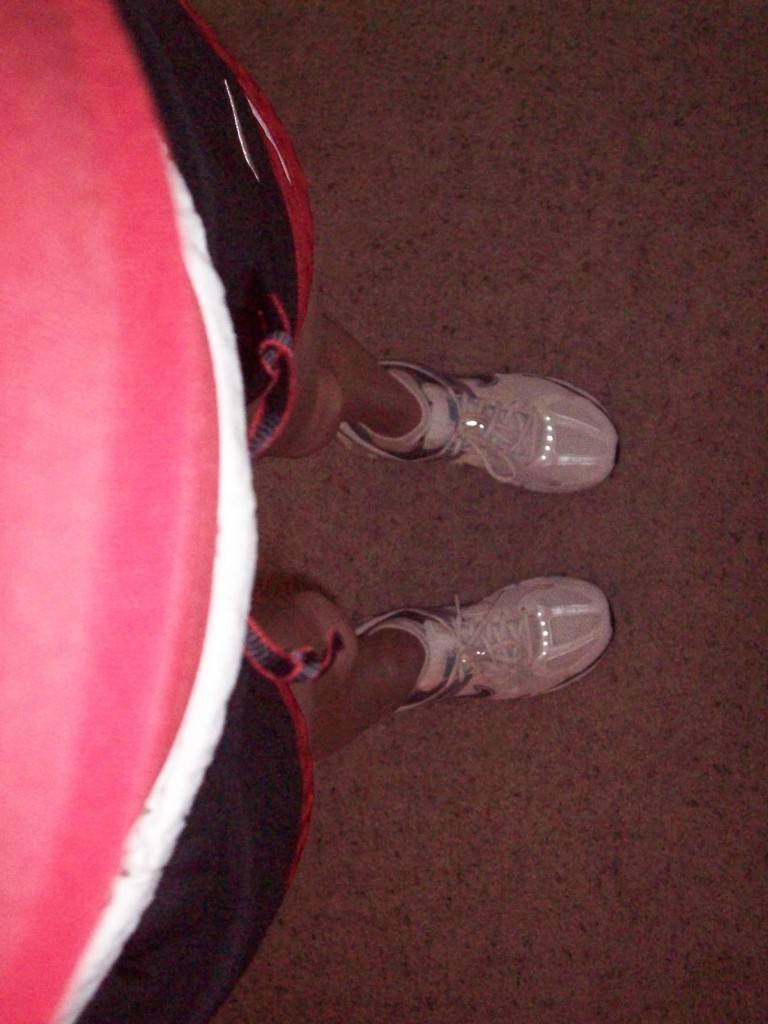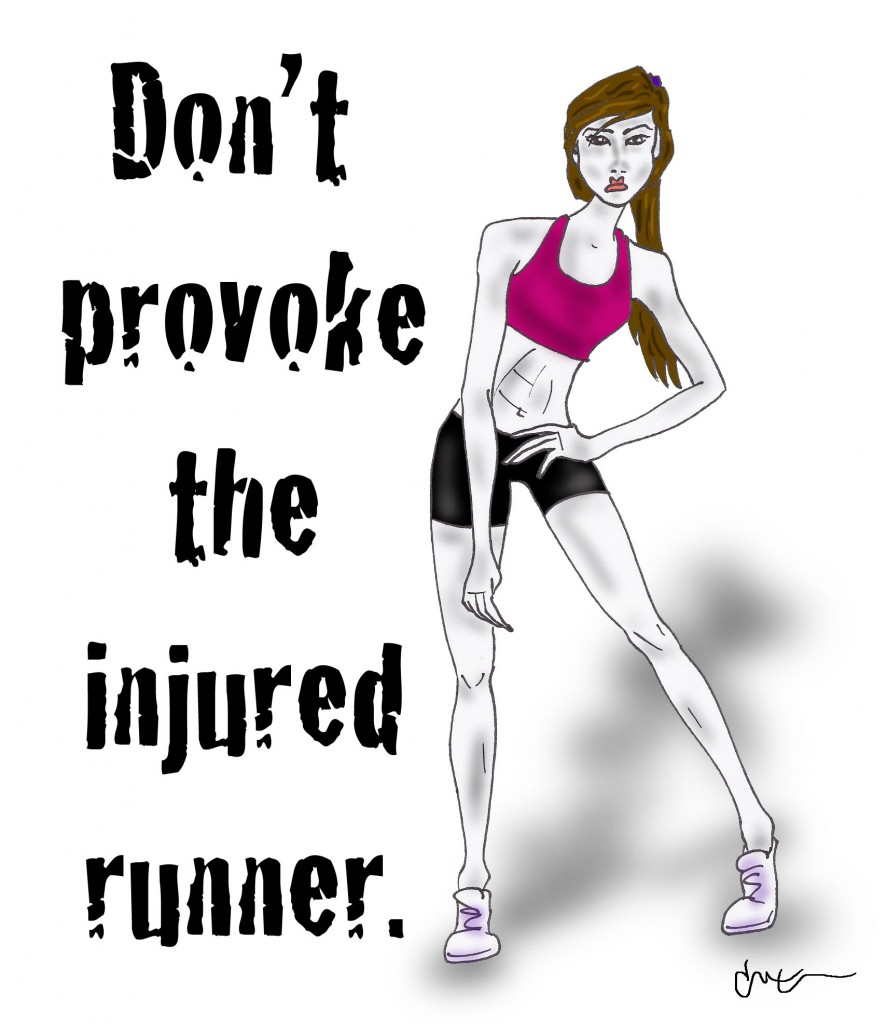Runners should save their energy for putting those legs to good use, not straining eye ball muscles. 😉 If you liked last week’s 5 Flash-Factoids post then I hope you enjoy round two just as much!
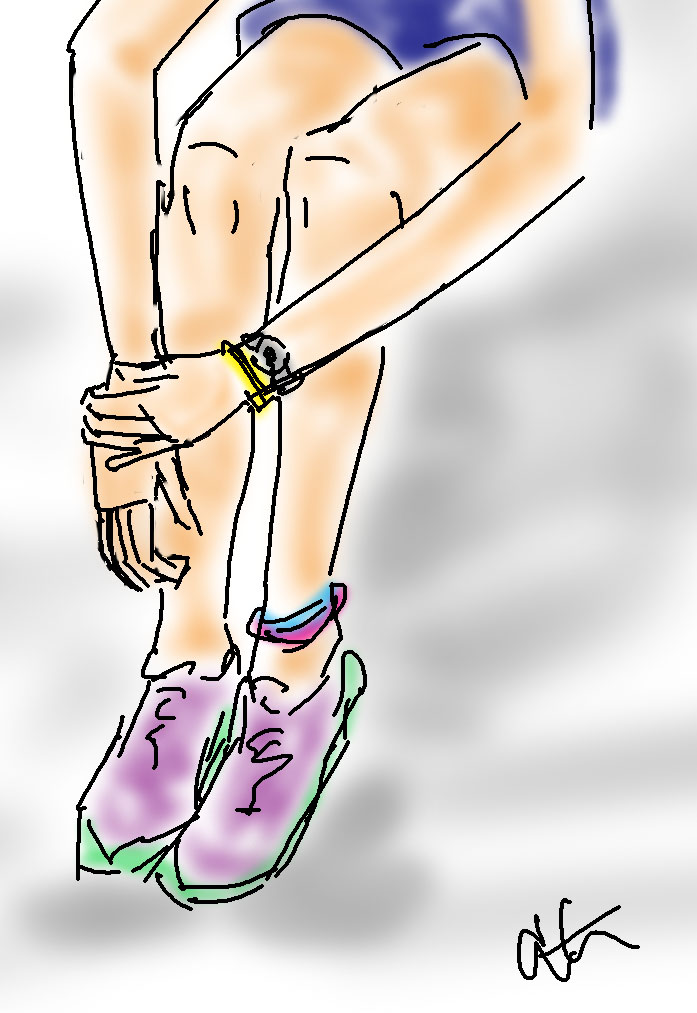
* Remember Your Weaknesses: We all have our ‘weak’ spots, the injuries that seem to creep back time and time again. There are rehab and proactive TLC exercises/stretches you can do to keep those injuries at bay. Don’t get too cozy during periods where you’re injury free and slack on those things, stay current with your runner up-keep and care.
* Make Your Mileage Work For You: Knowing how much running your body can handle is key to your longevity; if you’re a runner with a lower threshold when it comes to total weekly mileage, that’s okay, but just make those miles you do run count. ‘Save’ those miles for hard workouts and your long runs and substitute cross-training for the easy run days. The miles you do run, be stingy with them and make them faster.
* Treadmills Aren’t a Weakness: Some die-hard runners have the line of thought that treadmills are for weenies. But treadmills are a training tool and they have their time and place; sometimes it’s safer to go indoors and in some cases you can get a better workout in too.

* But Sometimes You Need the Elements: That said, races are run outside and at times you should condition yourself to brave the outdoors even when an indoor run would be more comfortable. This is especially true if the race you’re going to run will be really hot and humid, or cold and windy…you want to prepare your body for running in those kinds of conditions and still being able to perform. Keep in mind you may have to adjust times and run for effort.
* Wear the Right Gear: If you’re going out for a run in super hot and humid conditions and you’re rocking a cotton tee, be prepared to be chugging home with about 5 extra pounds of shirt sweat. Suit up in the right gear for the elements; when it’s cold layers are your friend not just to keep warm but for the safety of your muscles too. To avoid chaffing and shirt sweat poundage, running shirts and clothes made from technical materials are your friends…hey, speaking of tech tees there is an AWESOME one I’ve got that you should be outfitting yourself with. 😉
1) Have you learned your body’s mileage threshold? How do you make that mileage work for you?
2) What is your chronic ‘squeaky wheel’ or weak point in your body?
My darn hamstrings and left foot at the moment.
3) Favorite kind of running shorts?
Either the Tempo shorts or ones with a split.

